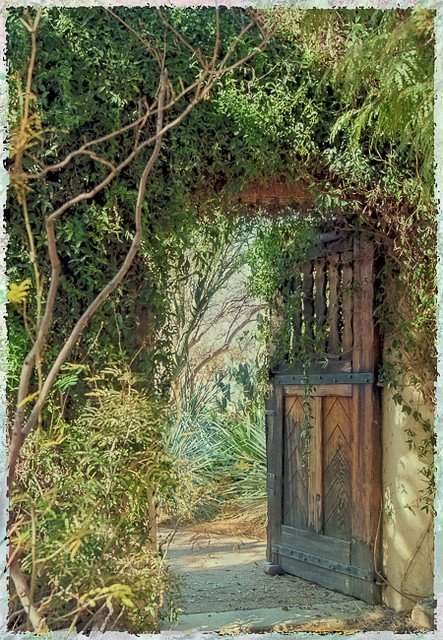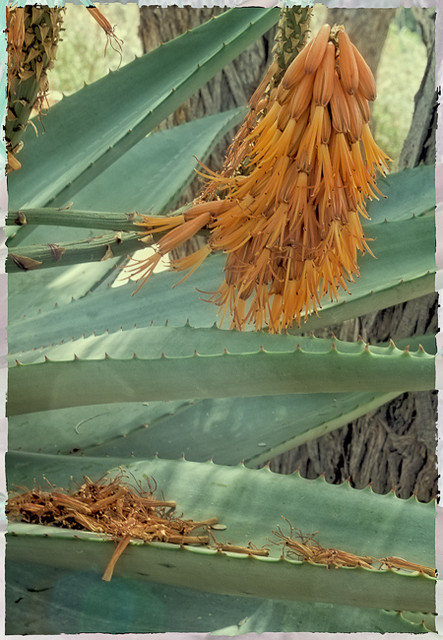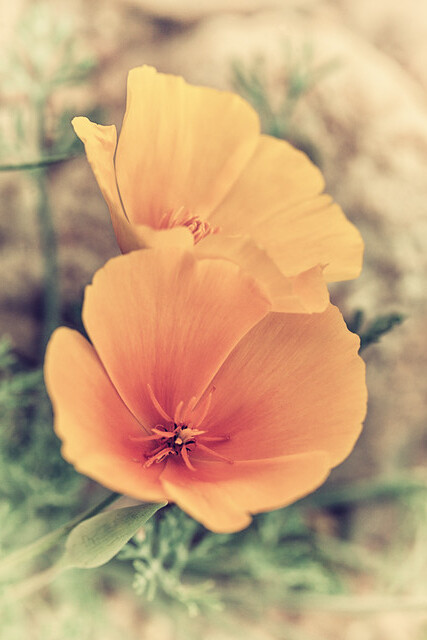“A new beginning! We must learn to live each day, each hour, yes, each minute as a new beginning, as a unique opportunity to make everything new. Imagine that we could live each moment as a moment pregnant with new life. Imagine that we could live each day as a day full of promises. Imagine that we could walk through the new year always listening to a voice saying to us: “I have a gift for you and can’t wait for you to see it! Imagine!”
~ Henri Nouwen
Beginnings surround us.
Walk through any garden, along any sidewalk or road easement, and notice the many beginnings you see. This bright magenta cactus bud, still half closed and quite protected, will soon open fully, displaying its beauty, welcoming hummingbirds and bees to its nectar. They will collect pollen as they feed and then pollinate other flowers. New beginnings, life continues.
We constantly have opportunities for new BEGINNINGS.
We move through our days, experiencing life in new ways, again and again. When we lose our way or make mistakes, instead of punishing ourselves with shame, we can acknowledge our human ways with compassion, awareness, and gentleness. Then we begin again. We return again and again to the practice of living.
“Although no one can go back and make a brand new start, anyone can start from now and make a brand new ending.”
~ Carl Bard
BEGINNINGS offers questions/reflections for journal writing, art prompts, and calls to action:
- Have you ever thought about “your perfect day”? What would that perfect day look like if you could erase all of the responsibilities and commitments for today only? Write about your perfect day. Add people and places, sensory details and activities, or inaction if that is your ideal. Review what you wrote. Could you add (or subtract) one or more of the items in your imagined perfect day to today? If not today, how might you transform your typical days into days that include some of your perfect day components?
- An ending is a new beginning. Is there an activity or behavior in your life that no longer serves you? If you stopped this activity or behavior, could you use that time to begin or renew a life-affirming practice?
- Make a point of getting up early enough to sit and watch the sunrise — from the hint of dawn until the sun is well above the horizon. Each sunrise brings with it a gift of a new day and new beginnings. I frequently watch the sun rise. Afterwards, I read a chapter in an inspirational book, cup of coffee in hand. Do you have an early morning ritual to begin your day? If not, what might you consider adding as a welcome-morning-activity?
- I first saw delightful perforated permission slips in Living Out Loud, a creative activity book by Keri Smith. Making permission slips are now a popular activity for writers, artists, students — anyone who likes the idea of giving themselves permission to do something they might be hesitant to do. Write permission slips that start with the words “I have permission to BEGIN ______. Make a dozen permission slips from small pieces of paper, paint chips, or index cards. Paint, collage, or decorate the backgrounds. Or leave them plain and focus on the words. Whenever you need a boost to start a new project, pull out a permission slip, fill in the blank and sign it. Then … ready, set, BEGIN!
———————-
Bo Mackison is a photographer and owner of Seeded Earth Studio LLC. Bo is creating a deck of Desert Wisdom Cards for exploration and discovery, using photography, with a Sonoran Desert theme – its myths and stories, cultures and heritage, and the desert’s remarkable natural beauty and resources.











